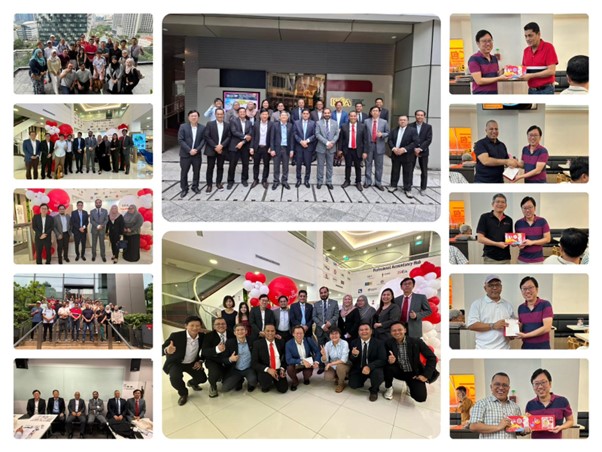Simplification of Audit Requirements
One of the standout features of the ISA for LCE is its simplification of audit requirements. Traditional International Standards on Auditing (ISAs) can be complex, particularly for smaller entities. The ISA for LCE addresses this by focusing on the most relevant audit requirements and eliminating those not typically applicable to less complex entities. This streamlining makes the audit process more accessible and manageable.
Scalability and Proportionality
The standard is designed with scalability and proportionality in mind, ensuring that audit procedures are appropriate to the size and complexity of the entity. This flexibility allows auditors to tailor their approach based on the specific circumstances of each LCE. Practical guidance on how to apply audit procedures in a less complex environment further facilitates adoption by entities with limited resources.
Clear and Straightforward Language
Recognising the intended audience, the IAASB has made a concerted effort to compose the standard in clear and straightforward language. This ensures that auditors can easily understand and implement the requirements. Additionally, the standard includes illustrative examples and guidance, which help clarify the application of the requirements in practical scenarios.
Emphasis on a Risk-Based Approach
A central feature of the ISA for LCE is its emphasis on a risk-based approach to auditing. This approach focuses on areas where there is a higher risk of material misstatement, allowing auditors to concentrate their efforts on the most significant aspects of the audit. By leveraging the smaller size and simpler structure of LCEs, this approach simplifies the audit procedure and avoids imposing an undue burden on the entity’s staff. It also encourages auditors to use their professional judgment to tailor their audit approach.
Simplified Documentation Requirements
One of the main hurdles in implementing the ISAs for less complex entities is the extensive documentation requirements. The ISA for LCE addresses this issue by simplifying documentation requirements, thereby reducing the administrative burden on auditors. While the documentation is simplified, it remains sufficient to support the auditor’s conclusions and is proportionate to the size and complexity of the entity.
Key Benefits of ISA for LCE
- Efficiency: By reducing the complexity and time required to perform audits, the standard makes the audit process more efficient for LCEs, resulting in cost savings and more timely completion of audits.
- Accessibility: The standard makes the audit process more accessible and understandable for smaller audit firms and sole practitioners, ensuring that even auditors with limited resources can conduct high-quality audits.
- Quality Assurance: Despite the simplified requirements, the standard ensures that audits are conducted to a high standard, guaranteeing that even smaller entities receive reliable and thorough audits.
Global Applicability and Flexibility
The ISA for LCE is designed to be implemented globally, with the flexibility to accommodate local regulations and practices. This allows for widespread adoption regardless of whether LCEs apply International Financial Reporting Standards (IFRS) or local accounting standards. The ability to adapt to local laws and regulations ensures effective utilization in diverse jurisdictions.
Conclusion
The IAASB’s International Standard on Auditing for Financial Audits of Less Complex Entities represents a significant advancement. By simplifying requirements, allowing for scalability and proportionality, and emphasizing a risk-based approach, the standard makes high-quality audits more accessible and manageable for smaller entities. Its clear language, practical guidance, and simplified documentation requirements further enhance its usability. Moreover, the standard’s global applicability and flexibility ensure it can be adopted in various regulatory environments, benefiting a wide range of LCEs around the world.
This innovative standard not only reduces the burden on auditors but also ensures that smaller entities receive the same level of audit quality as larger, more complex organizations. By addressing the unique needs of LCEs, the IAASB has created a tool that enhances the efficiency, accessibility, and overall quality of audits, promoting confidence and reliability in financial reporting across the globe.
Info derived from IFAC




